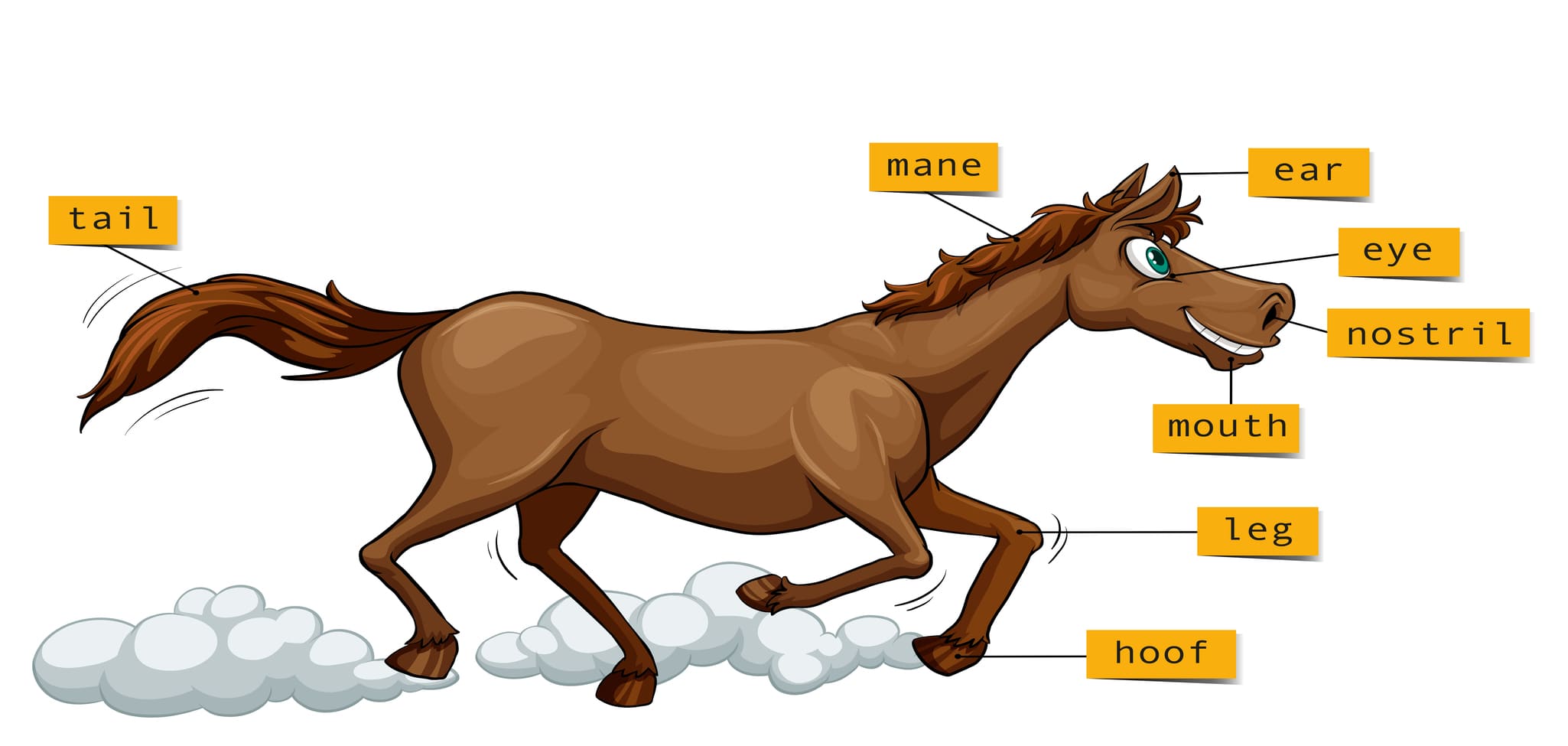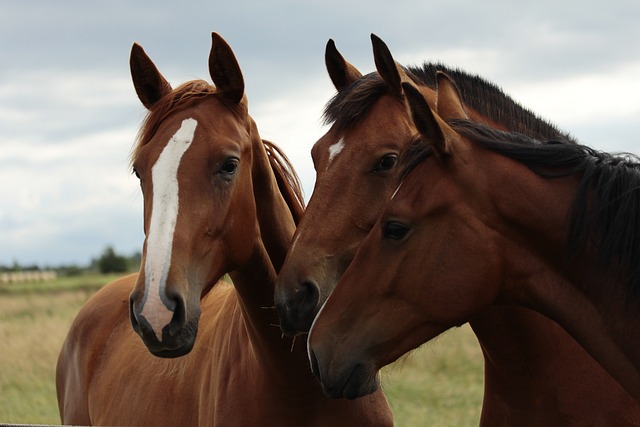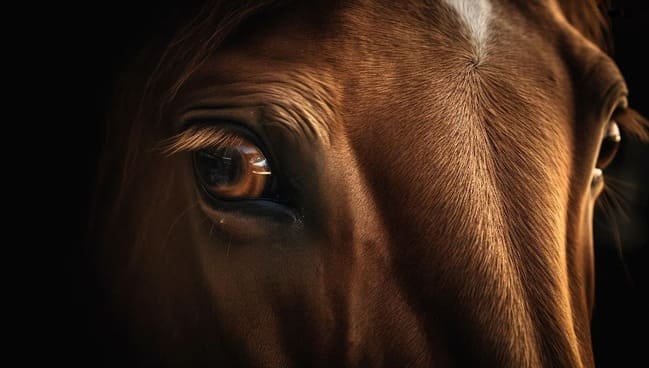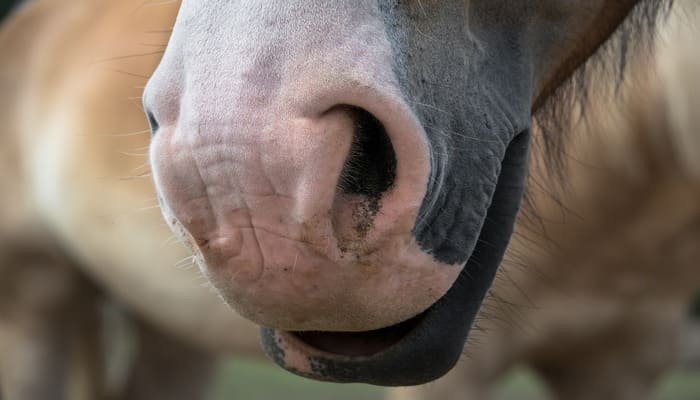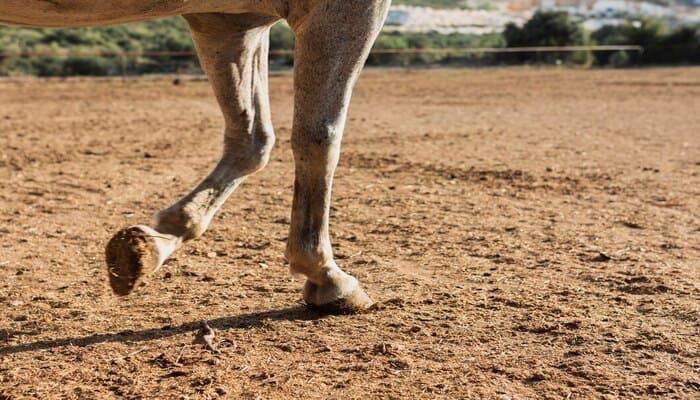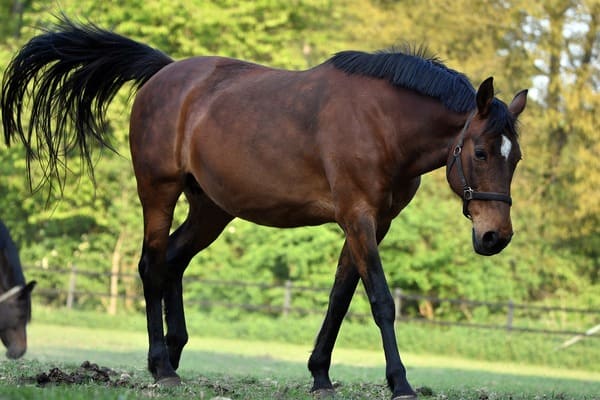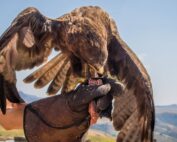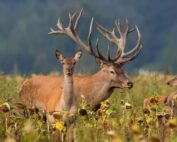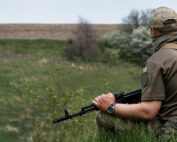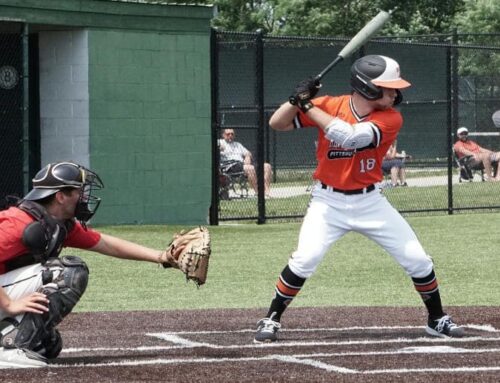Understanding Horse Body Language: Decoding Equine Communication
Horses are magnificent creatures that possess a unique and intricate system of communication. As equestrians, it is essential to understand the language of horses to establish a strong bond and ensure their well-being. By observing their body language, we can gain valuable insights into their thoughts, emotions, and intentions.
In this comprehensive guide, we will delve into the world of horse body language and explore the subtle cues and signals that horses use to communicate with us and with each other. From the position of their ears to the movement of their tail, every aspect of a horse’s body can convey important information.
Fight or Flight: Understanding a Horse’s Instinctual Response
Before we dive into the specifics of horse body language, it is crucial to understand the foundational principle of their behavior: the fight or flight response. Horses are prey animals, and their survival instincts are finely tuned to detect and respond to potential threats.
In most cases, horses will default to the flight response when faced with a perceived danger. Their natural instinct is to run away from potential harm. However, some horses may exhibit a fight response, particularly stallions or horses that feel trapped.
Decoding Ear Body Language: What Horses’ Ears Reveal
The position and movement of a horse’s ears can provide valuable insights into their mood and level of attentiveness. By paying attention to their ear body language, we can better understand their state of mind. Here are some key ear positions and their meanings:
Ears Forward: When a horse’s ears are erect and facing forward, it indicates attentiveness and curiosity. This is a positive sign that the horse is engaged and interested in their surroundings.
Ears To The Side: If a horse’s ears are positioned to the side, they are either listening for something or feeling relaxed. Horses often direct their ears towards sounds or movements to assess potential threats or sources of interest.
Ears Backward: When a horse’s ears are facing backward or pressed flat against their head, it signifies agitation, annoyance, or anger. It is important to be cautious and identify the source of their irritation to prevent any potential harm.
Ears Moving or Twitching: Rapidly moving or twitching ears indicate a heightened state of alertness or stress. Horses use this movement to actively listen for potential danger or unsettling stimuli in their environment.
By observing a horse’s ear position, we can gauge their level of relaxation, attention, or potential agitation.
Interpreting Eye Body Language: Insights from the Windows to the Soul
A horse’s eyes can reveal a wealth of information about their emotional state and focus. By understanding their eye body language, we can gain deeper insights into their thoughts and intentions. Here are some key eye expressions and their meanings:
Wide Eyes: When a horse’s eyes widen, it often indicates fear, panic, or heightened alertness. The whites of their eyes may become visible, signifying their heightened state of arousal. It is important to approach a horse with wide eyes cautiously and create a calm environment to alleviate their anxiety.
Darting Eyes: Rapidly scanning or darting eyes suggest that a horse is actively searching for potential threats or escape routes. Horses with darting eyes are on high alert and may be ready to flee at any moment.
Droopy Eyes: Droopy or relaxed eyes are a sign of a calm and content horse. When a horse’s eyes appear relaxed and their eyelids are partially closed, it indicates a state of relaxation or even sleepiness. It is important to respect their restful state and approach them gently.
By paying attention to a horse’s eye expressions, we can better understand their level of comfort, fear, or relaxation.
Insights from Head Body Language: Unveiling a Horse’s Thoughts
A horse’s head position and movements can provide valuable insights into their mood and intentions. By observing their head body language, we can gain a deeper understanding of their thoughts and emotions. Here are some key head expressions and their meanings:
Chewing: Horses often chew or lick their lips as a sign of relaxation or when they are processing new information. It is a positive indication that the horse is engaged and receptive to learning.
Droopy Lips: A horse with droopy lips and an open mouth is often relaxed or even sleepy. It is a natural behavior that accompanies a state of relaxation. There is no need for concern unless accompanied by other signs of distress.
Flared Nostrils: Flared nostrils are a sign of heightened alertness or stress. Horses flare their nostrils to take in more air, preparing themselves for potential flight or to detect unfamiliar scents in their environment.
By observing a horse’s head movements and expressions, we can gain valuable insights into their level of relaxation, engagement, or potential stress.
Unveiling Leg Body Language: Clues from a Horse’s Stance
A horse’s leg position and movements can convey important messages about their comfort, pain, or intentions. By paying attention to their leg body language, we can better understand their physical well-being and emotional state. Here are some key leg expressions and their meanings:
Splayed Legs: When a horse spreads their back legs slightly and digs in, it can indicate either preparation for flight or the need to relieve themselves. It is important to differentiate between the two by observing their overall behavior and context.
Raised Leg: A raised leg, when a horse lifts its hoof off the ground, can indicate discomfort or pain. It is crucial to investigate the cause of their discomfort, such as something stuck in their hoof or joint issues, to ensure their well-being.
Cocked Leg: A horse with a cocked leg, where the tip of the hoof rests lightly on the ground, is often relaxed and at ease. It signifies a sense of security and comfort in their environment.
Pawing: Pawing is a behavior horses exhibit for various reasons, such as boredom or irritation. It is important to differentiate between playful pawing and pawing that indicates potential aggression or distress.
Stomping: Horses stomp their feet as a response to annoyance or irritation, often due to flies or discomfort. It is important to address the underlying cause of their irritation to ensure their well-being and comfort.
By observing a horse’s leg positions and movements, we can gain insights into their physical comfort, potential pain, or emotional state.
Understanding Tail Body Language: The Expressive Tool at the Rear
A horse’s tail is a versatile and expressive tool that conveys important messages about their emotions and intentions. By paying attention to their tail body language, we can gain deeper insights into their state of mind. Here are some key tail expressions and their meanings:
Raised or “Flagged” Tail: When a horse carries its tail above the level of its back, it indicates excitement or heightened energy. It is often associated with Arabians but can be observed in any horse that is energized. A horse with a raised tail may be more prone to spooking, bucking, or bolting.
Clamped Down Tail: A tail held close to the body or clamped down signifies nervousness or stress. It is important to provide reassurance and create a calm environment to help alleviate their anxiety.
Rapid Swishing Tail: A tail that is rapidly swishing from side to side or up and down indicates irritation or anger. It is often a warning sign that the horse may kick or buck. It is crucial to pay attention to their tail movements and respond accordingly to prevent potential harm.
By observing a horse’s tail expressions, we can gain valuable insights into their level of excitement, anxiety, or potential aggression.
Decoding Whole Body Language: Piecing the Puzzle Together
To fully understand a horse’s body language, it is essential to observe their overall posture and movements. By considering their entire body as a whole, we can piece together the puzzle of their emotions and intentions. Here are some key aspects of a horse’s whole body language:
Tension: When a horse’s muscles are rigid, and their movements are stiff, it often signifies discomfort, fear, or stress. It is crucial to investigate the underlying cause and address any potential pain or distress.
Trembling: Trembling is a sign of extreme fear or nervousness. Horses may tremble when exposed to new or unsettling situations. It is important to create a calm and reassuring environment and gradually expose them to new experiences.
Touching You: A horse reaching out to touch you with their muzzle can have various meanings. It can indicate curiosity, a desire to interact, or even a warning sign of potential aggression. It is essential to understand your horse’s individual behavior and context to interpret their intentions accurately.
Swinging Hindquarters: When a horse swings their hindquarters from side to side, it can signify either potential aggression or a mare’s attempt to gain the attention of a stallion. It is vital to observe their overall behavior and context to interpret their intentions accurately.
By paying attention to a horse’s whole body language, we can piece together the puzzle of their emotions, comfort, and intentions.
The Importance of Understanding Horse Body Language
Understanding and interpreting horse body language is crucial for equestrians and anyone who interacts with horses. By honing our observation skills and paying attention to their subtle cues, we can establish a stronger connection and ensure their well-being. Here are some key reasons why understanding horse body language is important:
Bonding: By understanding and responding to a horse’s body language, we can establish a deeper bond and mutual trust. This allows for a more harmonious and enjoyable partnership.
Safety: Interpreting horse body language accurately is essential for our safety and the safety of others. By recognizing signs of potential fear, aggression, or discomfort, we can prevent potential harm and respond appropriately.
Health and Well-being: A horse’s body language often reflects their physical and emotional well-being. By recognizing signs of pain, stress, or discomfort, we can address their needs promptly and ensure their overall health.
Effective Communication: Understanding horse body language enables us to communicate more effectively with our equine partners. By responding to their cues and adjusting our approach accordingly, we can create a more productive and enjoyable training and riding experience.
Conclusion
Decoding horse body language is an essential skill for equestrians and anyone who interacts with horses. By paying attention to their ear, eye, head, leg, and tail expressions, as well as their overall posture and movements, we can gain valuable insights into their thoughts, emotions, and intentions. Understanding horse body language allows us to establish a stronger bond, ensure their well-being, and communicate effectively. By honing our observation skills and developing a deep understanding of their unique language, we can forge a harmonious and fulfilling relationship with these magnificent animals.
As we delve into understanding the language of horse body movements and interactions, it’s essential to explore the incredible benefits we can gain from horseback riding. If you’re interested in learning more about the health and relationship advantages of horse riding, you can read our engaging article on The Incredible Benefits of Horseback Riding.
RECENT POSTS
History of Baseball
History of Baseball: From Its Origins to Modern TimesBaseball is one of the most popular sports in the United States, with millions of fans tuning in to watch games each year. The sport has a [...]
Hunting Falconry
History of Hunting Falconry: An Overview of Falconry's Evolution and Significance Are you interested in learning about the ancient practice of hunting with trained birds of prey? Falconry has been practiced for thousands of [...]
Hunting Destinations in 2024
Hunting Destinations in 2024: Top Picks for Avid Hunters Are you looking for exciting hunting destinations to explore in 2024? Whether you're a seasoned hunter or just starting, there are plenty of options available [...]
History of hunting dogs
Explore the History and Significance of Hunting Dogs: A Comprehensive Guide If you're a hunting enthusiast, then you know the importance of having a reliable hunting dog by your side. Hunting dogs have been [...]
Hunting as a Hobby
Hunting as a Hobby: An Overview Hunting is a popular outdoor activity enjoyed by millions of people worldwide. While some hunt for food, others do it as a hobby. Hunting as a hobby can [...]

